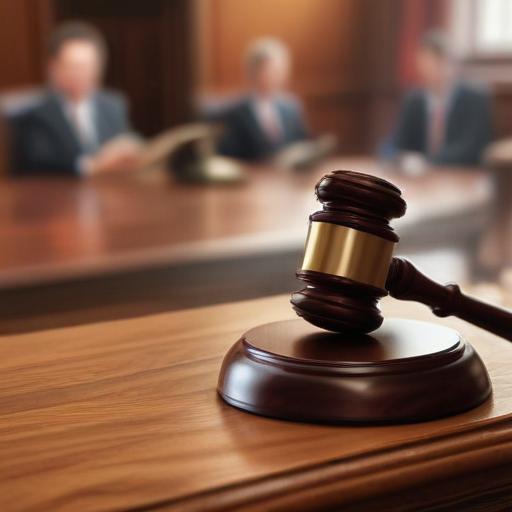In the ongoing murder trial of Karen Read, prosecution and defense attorneys are preparing to deliver their closing arguments following several weeks of intense testimony. Read, 45, is accused of striking her boyfriend, Boston police officer John O’Keefe, 46, with her SUV and leaving him to die in the snow outside a party in Canton in 2022. The charges against her include second-degree murder, manslaughter, and leaving the scene of an accident. This case has drawn significant attention due to the dramatic allegations and the backdrop of local law enforcement involvement.
The prosecution has built its case around the claim that Read’s alleged jaded love led to O’Keefe’s death. Special prosecutor Hank Brennan has focused on evidence from the crime scene, highlighting fragments from Read’s taillight as key indicators of her vehicle making contact with O’Keefe. Brennan pointed to witness statements, including some that suggested O’Keefe’s phone data corroborated his location at the time of the incident.
In contrast, Read’s defense team argues that she has fallen victim to a conspiracy among law enforcement personnel. They advocate that evidence was potentially planted and portray Read as a scapegoat for a tragic incident involving O’Keefe. The defense has drawn attention to two crucial pieces of evidence: the taillight damage and the circumstances surrounding the broken cocktail glass found at the scene. Experts called by the defense are contesting the prosecution’s narrative, stating that the damage to both the taillight and O’Keefe’s clothing could suggest alternative possibilities that do not implicate Read as the driver at fault.
The case first went to trial earlier this year, ending in a mistrial after the jury couldn’t reach a unanimous verdict. Jurors later indicated they had likely agreed that Read was not guilty of the most severe charge. This backdrop raises awareness of the complexities involved in the upcoming proceedings and the challenge posed by the mixed sentiments regarding her culpability.
Ultimately, as the trial moves toward its conclusion, the conflicting narratives reflect not only the gravity of the charges against Read but also the public interest in the accountability of law enforcement in this high-stakes case. The trial underscores serious questions about justice, evidence management, and how personal relationships can lead to dramatic consequences.
As the jury prepares to deliberate, there remains hope for a fair outcome where each side’s arguments are thoroughly considered, emphasizing the importance of due process and the pursuit of truth in the face of tragedy.
